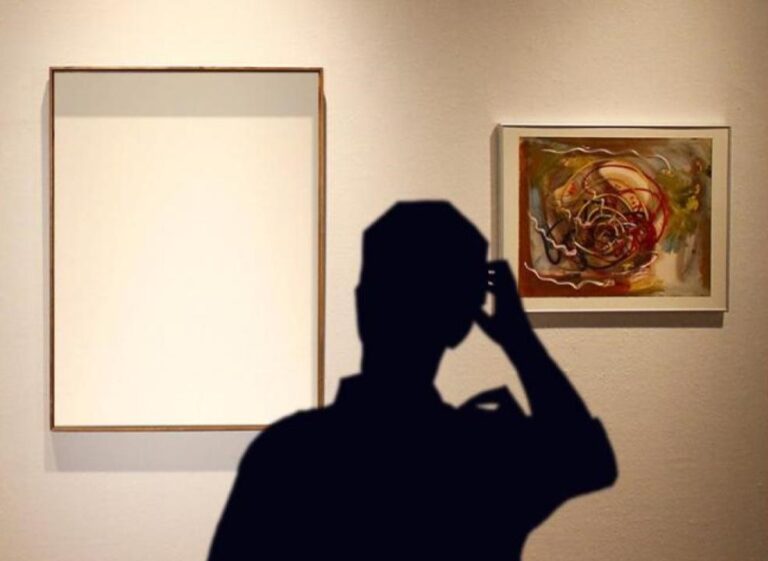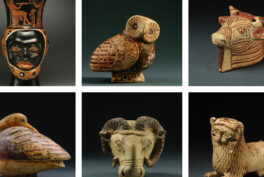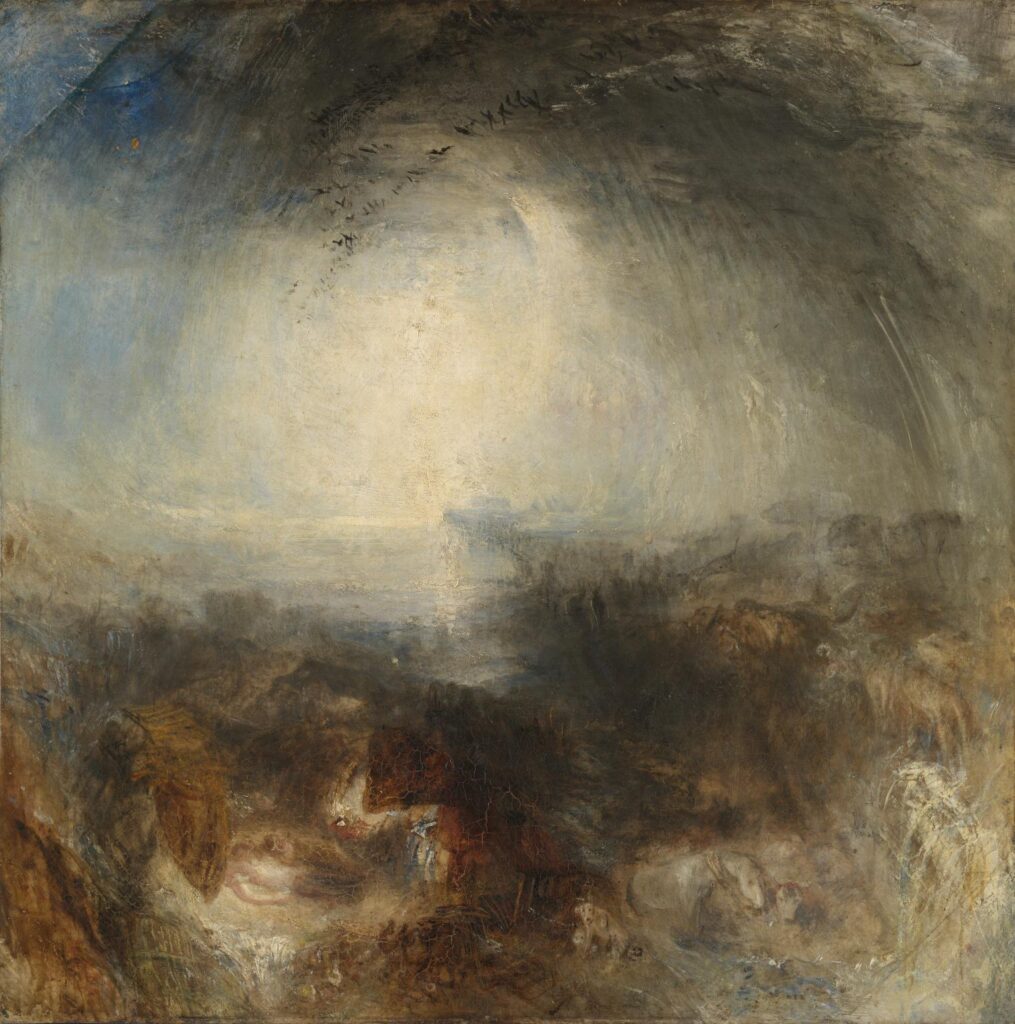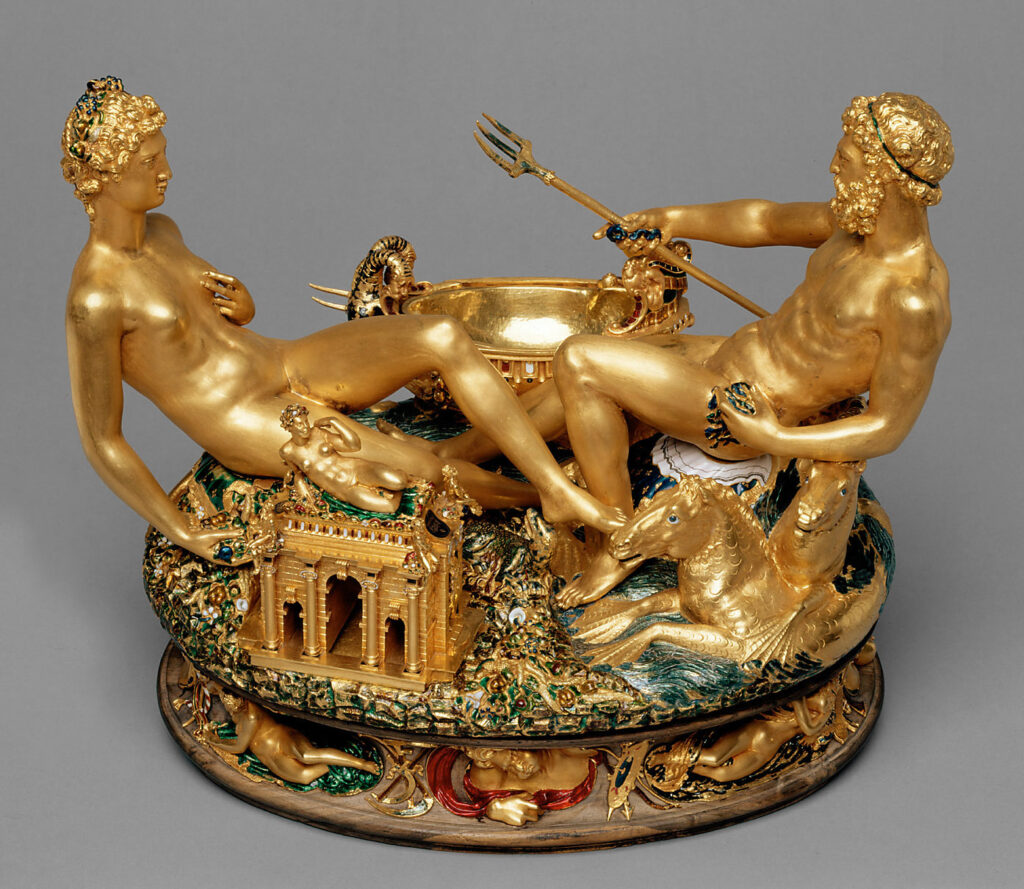Stolen Artwork on the Black Market
Since famous artworks hold great value, but in reality cannot actually create any financial gain on the black market, they are used as insurance in financing other illicit schemes. For example, criminals involved with money-laundering endeavors use art as an alternative mechanism of transporting cash. Additionally, the allure of using art as payment insurance in drug exchanges is in the fact that it can fairly easily be carried across borders, while also resolving the complexities of currency conversion.
Artnapping
Conversely to the prices reached in the auction houses, well-known artworks cease to follow the same pattern on the illegal market. Certainly, it is hard to believe that someone would purchase goods easily recognized as stolen. For that reason, the owner or its insurer appears as a profitable market. Thieves understand that the worth of famous artworks lies in the owner’s desire to get them back, which results in ransom demands.
This led to a new art-related theft called artnapping — the act of stealing art for holding it for ransom until the gallery, museum, or private owner pays to retrieve it. However, if the ransom is not paid, thieves can destroy the artwork to avoid the risk of being caught. In UK law, the payment of a ransom is not an offense. Still, the government will not make or facilitate a ransom payment and will always counsel others against such concessions.
The Tate and the Stolen J. M. W. Turner Paintings
Galleries or museums will sometimes refer to their ransom payments as rewards that were paid to third-party informants. This is to protect their reputation and avoid legal scrutiny. The case of the stolen Turner paintings illustrates this perfectly. Thieves stole two paintings by J.M.W. Turner in 1994 from a Frankfurt gallery where the Tate had loaned them. The Tate ended up paying out £ 3.1 million to help recover the two stolen paintings. The Tate insisted that they had no direct contact with the criminals and had rewarded the £ 3.1 million to Edgar Liebrucks, the German lawyer who claimed to be in direct contact with those in possession of the stolen artworks. They have not revealed how they knew Mr Liebrucks nor how he knew of the thieves. Following the payment, however, the British and German authorities quickly identified and convicted the thieves.
Ransom as a “Reward” for Information
Officially, art galleries and museums and their insurers maintain that they do not negotiate with criminals. However, in practice, galleries and museums do pay quietly, insisting that their payments are rewards for information. This information can lead to the return of stolen art. Even though Tate denies paying a ransom, it still demonstrates that they had to provide a large sum of money in order to retrieve the stolen work.
Paying Ransoms to Reveal the Thief
Even more importantly, the process of paying the ransom requires a certain level of communication with the thief, which could later lead to arrest and recovery. Conversely, refusal to negotiate a ransom largely eliminates any chances of retrieving the art. In the case of the stolen Salt Cellar, the thief was caught in the process of negotiating the ransom through text messages. Namely, in 2003, Robert Mang stole Benvenuto Cellini’s Salt Cellar from the Kunsthistorisches Museum in Vienna. Subsequently, the museum’s insurance company began to receive texts in which Mang demanded a ransom. During these attempts, police linked the messages back to him, resulting in his arrest and recovery of the Cellar.
Refusing to negotiate a ransom immediately eliminates any possible chance of getting the piece back. It indicates mere acceptance that the work is lost forever. Thus, consideration of ransom only as a step, rather than the final act, could lead to retrieving the artwork and prosecuting the thief. However, this would be a perfect scenario. Paying the ransom could also appear as ‘rewarding’ the thief, setting a very dangerous precedent for the future.
Complying with such demands validates criminal behavior and could foster future artnappings. While institutions might refrain from publicly acknowledging ransom payments in the future, there is a possibility of covertly considering such options if other methods to recover the art prove unsuccessful.










